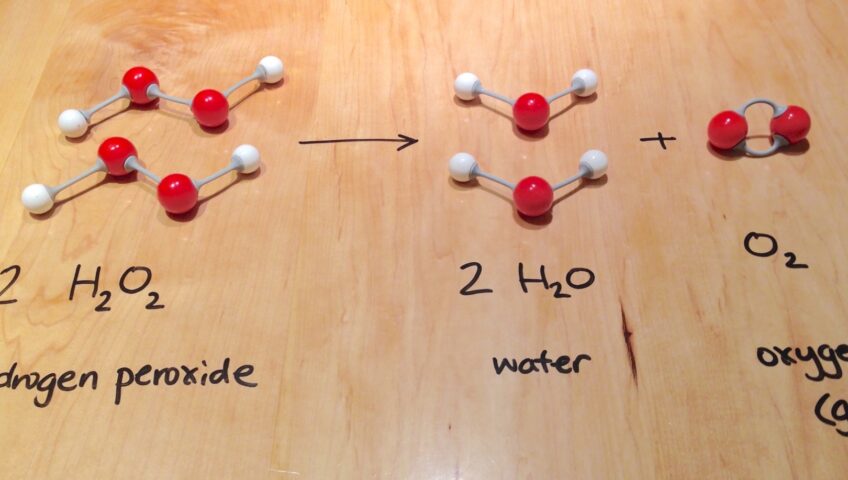Teeth whitening has become a popular cosmetic procedure in recent years, with many people seeking a brighter, whiter smile. One of the most common methods of teeth whitening is using a gel that contains an active ingredient, such as hydrogen peroxide or carbamide peroxide. However, recent research has shown that the most important factor for the quality of teeth whitening gel is not its active ingredient concentration, but rather its shelf life and how well it can withstand extended periods of high heat during transportation and storage.
Shelf Life of Teeth Whitening Gel:
The shelf life of teeth whitening gel refers to the length of time that the product can be stored and remain effective. Many teeth whitening gels have a shelf life of about two years, but this can vary depending on the specific product and its ingredients.

One of the key factors that can affect the shelf life of teeth whitening gel is exposure to high temperatures. When teeth whitening gel is exposed to high temperatures, the active ingredients can break down and become less effective. This is especially true for gels that contain hydrogen peroxide, which is a volatile compound that can break down when exposed to heat.
Extended Periods of High Heat During Transportation and Storage:
Another important factor that can affect the quality of teeth whitening gel is how well it can withstand extended periods of high heat during transportation and storage. During the summer months, temperatures can reach extremely high levels in many parts of the world, especially during transportation and storage.
When teeth whitening gel is exposed to high temperatures (catalase) for an extended period of time, the active ingredients can break down and become less effective. This can result in a product that is not as effective as it should be, and may even cause damage to the teeth and gums.
Testing the Effectiveness of Teeth Whitening Gel:
To ensure that teeth whitening gel is effective, it is important to conduct tests on the product to determine its effectiveness over time and under different conditions. One such test is the accelerated aging test, which simulates the effects of heat and humidity on the product over an extended period of time.
During the accelerated aging test, teeth whitening gel samples are exposed to high temperatures and humidity levels for a set period of time. The samples are then tested to determine their effectiveness and to ensure that the active ingredients have not broken down.

In addition to the accelerated aging test, other tests can be conducted to determine the effectiveness of teeth whitening gel under different conditions. For example, tests can be conducted to determine the product’s effectiveness under cold temperatures, as well as its ability to resist moisture and other environmental factors.
Manufacturing Teeth Whitening Gel:
To ensure that teeth whitening gel is of the highest quality and has a sufficient shelf life, manufacturers must take certain precautions during the manufacturing process. One such precaution is to ensure that the product is stored and transported in a cool, dry place to prevent exposure to high temperatures and humidity levels.
Manufacturers must also ensure that the product is packaged properly to prevent exposure to environmental factors that can affect its quality. For example, the product may be packaged in an airtight container to prevent exposure to moisture, or it may be packaged in a material that can withstand high temperatures.

In addition to packaging and storage considerations, manufacturers must also carefully select the ingredients that are used in the product to ensure that they are of high quality and can withstand the rigors of transportation and storage. For example, manufacturers may use stabilizers and antioxidants to prevent the active ingredients from breaking down when exposed to high temperatures and humidity levels.
Consumer Considerations:
Consumers who are considering using teeth whitening gel should carefully consider the product’s shelf life and how well it can withstand extended periods of high heat during transportation and storage.


Write a Comment